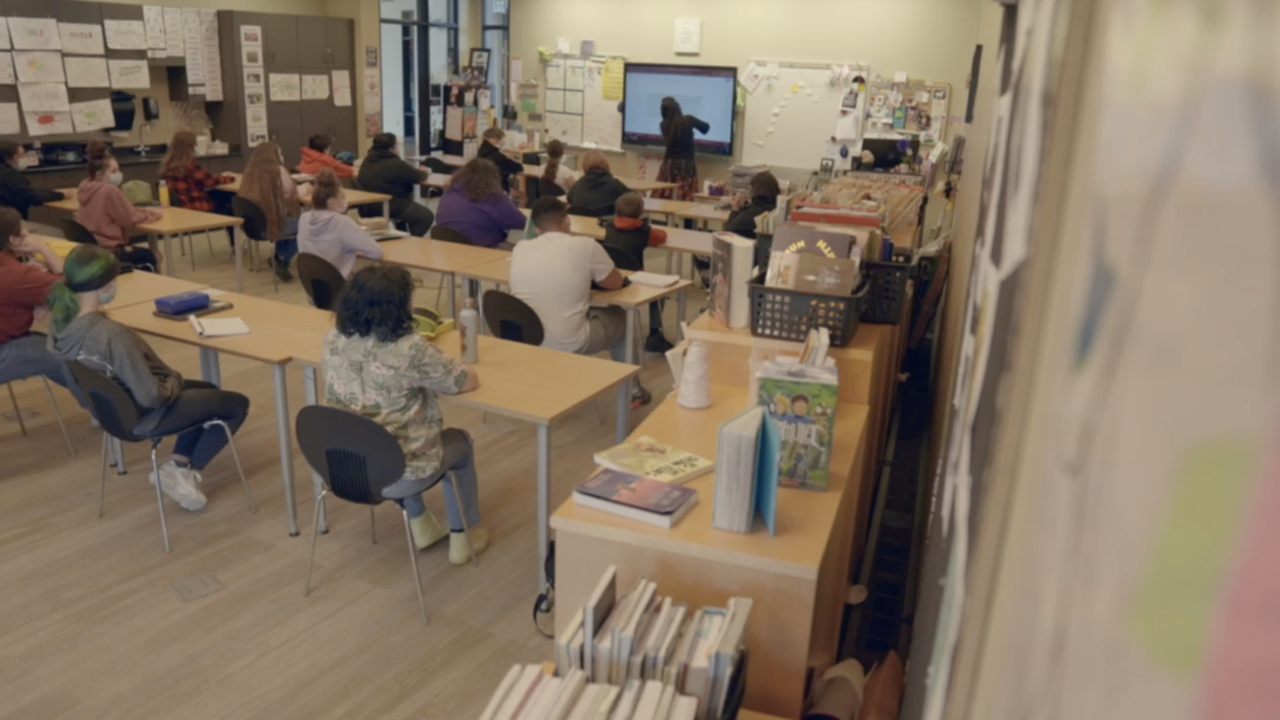Some of the most important lessons are the ones we learn about who we are.
As a member of the Bad River Ojibwe, Jason Dropik knows discovering our deepest roots can be difficult.
“I had struggles growing up because of not understanding who I was or what that meant," Dropik said.
Dropik is the head of the Indian Community School, outside Milwaukee in Franklin, Wisconsin.
The students at the pre-k through eighth grade, tuition-free, private school are members or descendants of Native American tribes.
The students learn to embrace their culture in ways they may not at other schools.
“My experience growing up, learning about American Indian culture, was a paragraph in a book in the fourth grade," Dropik said. "When it was covered, it was really only talked about in this historical concept as if we didn’t exist anymore.”
“If we looked at all the bookshelves all throughout the United States, how many of those characters are first-generation characters or stories written by first-generation authors? Less than 1%," said language arts teacher Joann Ash.
“The faculty and the staff and the community help these children with that question that is important even for adults: who am I? And culture is a huge aspect of that,” said Luis Mercado, who has two children who are students at the school.
In many ways, a school like this is a light within a dark part of the history of education in America.
“Boarding School had a traumatic impact it still does to this day we have families that have lost connection to their ways of being that are essential to their wellbeing," Dropik said.
Starting in the 1800s and continuing to as late as around the 1970s, hundreds of thousands of indigenous children were forcibly separated from their families and sent to boarding schools run by the U.S. government and churches.
They were forced into what the schools saw as American culture.
Children were punished for speaking their native languages and abuse was often routine; many children never came home.
This year, the U.S. government ordered a review of boarding schools after the remains of 215 indigenous children, some as young as 3, were found at a former Canadian boarding school in May.
Students like eighth-grader Jayda know this personally.
“One of my grandmas actually went to a boarding school and she said that it was terrible," Jayda said. "She's glad that she's still alive today because what they went through in boarding schools is awful."
Fifty tribal nations are represented within the 370 students at this school, each with unique languages and traditions, but united.
Here it feels like I’m part of a community that accepts me for who I am which makes me very happy," Jayda said.
Dropik says it's important no student loses the opportunity, as many have before them, to learn what makes them who they are.
“I worry about those students who we don’t serve that have those experiences daily in communities where they’re not validated, and their existence is still thought of in a historical context, where it’s either only about foods or certain holidays or a certain time of the month, that we're going to talk about it and it's often with prejudice and misinformation," Dropik said.





